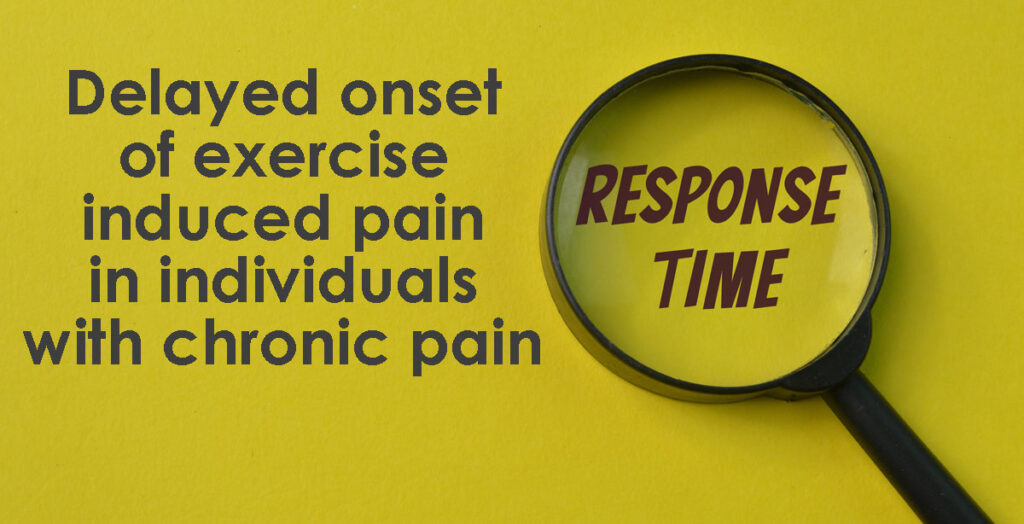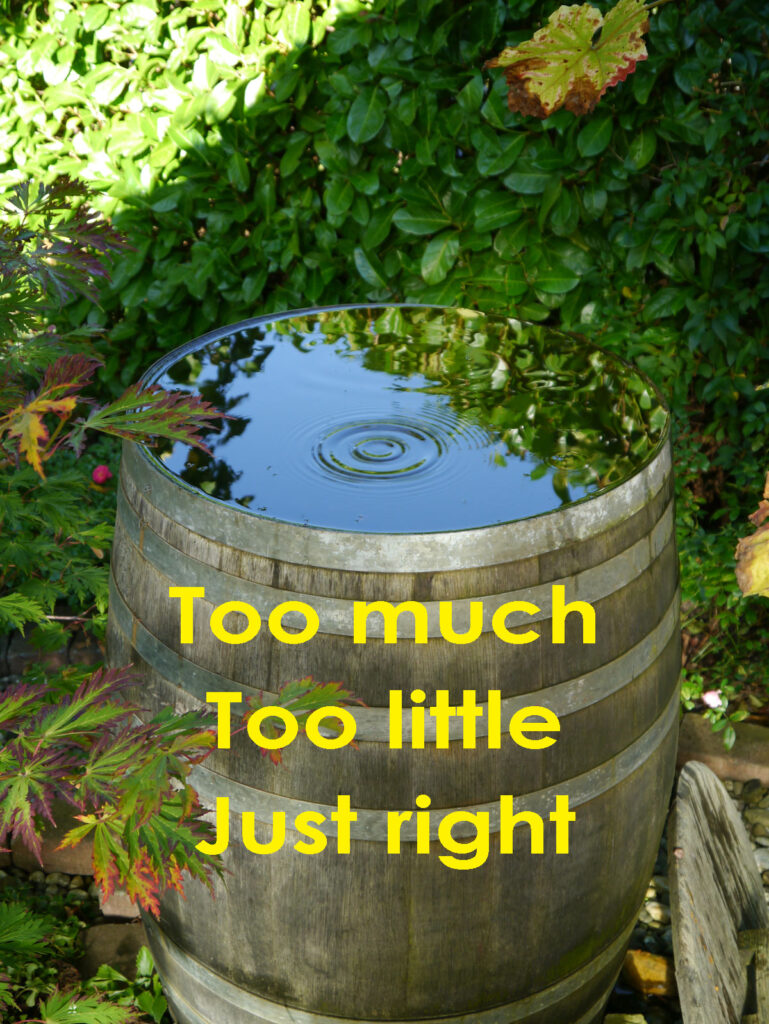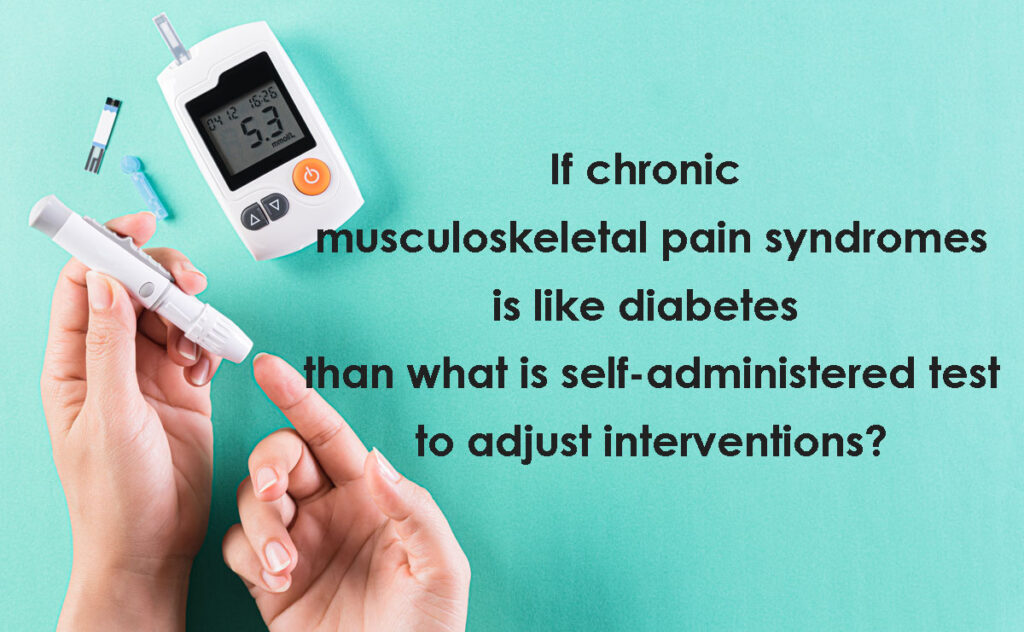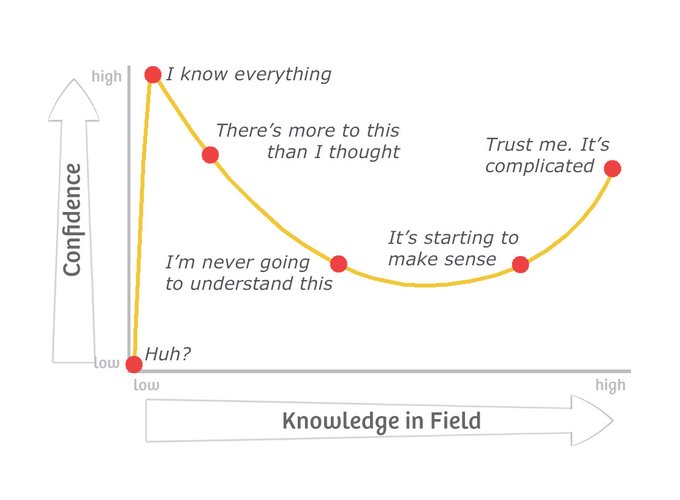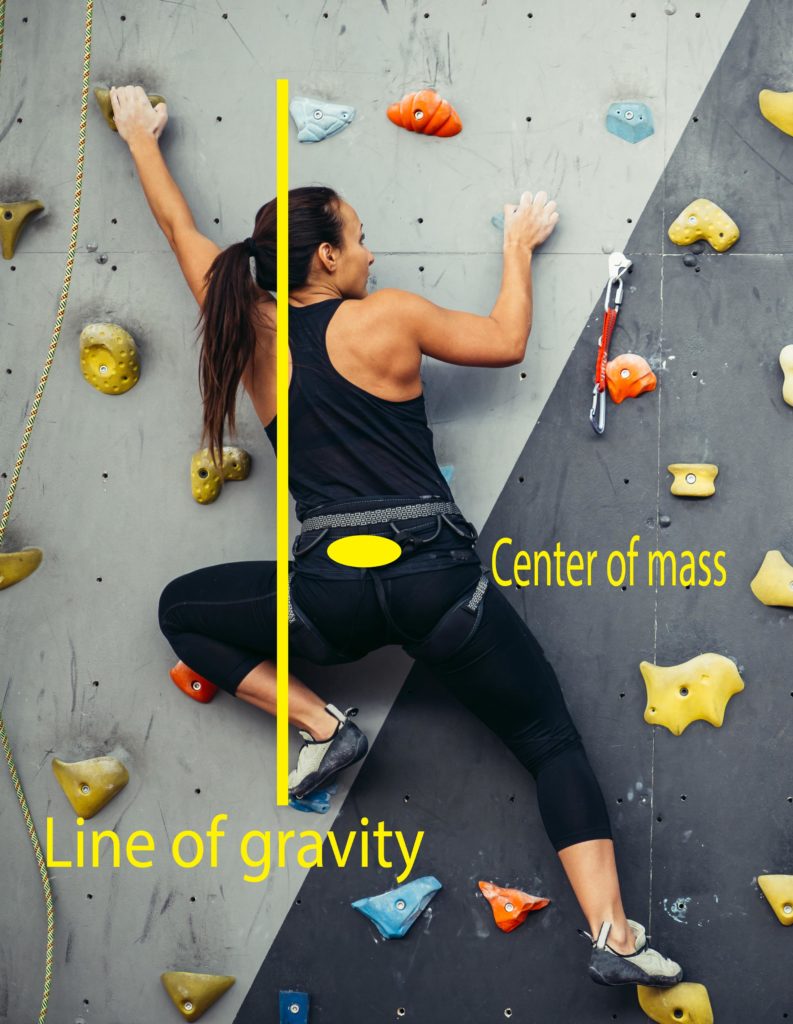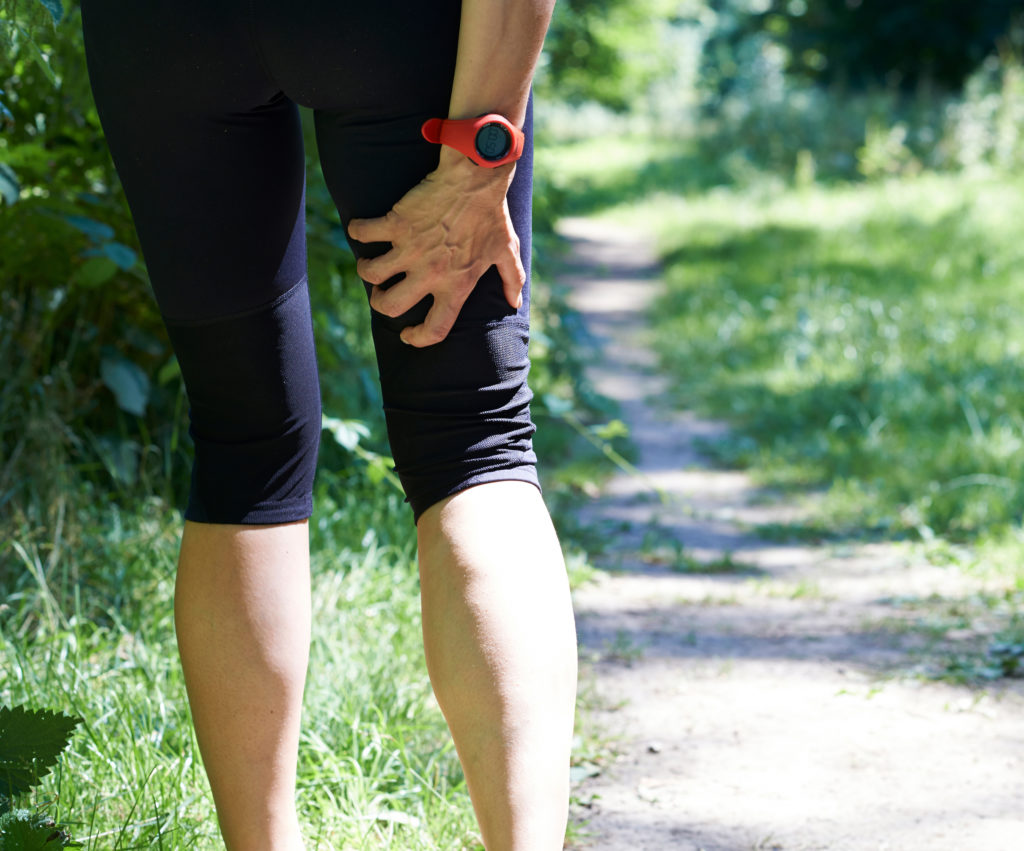Posts Tagged ‘Exercise’
Understanding Delayed-Onset Exercise-Induced Pain in Individuals with Chronic Pain Syndromes
Introduction Two patients with chronic musculoskeletal pain and Ehlers-Danlos Syndrome (EDS) recently demonstrated similar but unexpected responses to routine exercise interventions. Their experiences prompted me to reexamine my understanding of exercise-induced pain in individuals with chronic musculoskeletal conditions. Patient Case Studies Patient A: During a physical therapy session, a patient with EDS performed a spinal…
Read MoreWhat is the alternative to I have fallen, & I can’t get up? – improve strengthen flexibility “just do it”
A patient with Parkinson’s syndrome, living alone expressed to me his frustration. He had fallen and was unable to get back up. He pissed on himself. He used his fall alert system via the internet to notify the rescue squad. In addition to the embarrassment, he felt about not being able to get back up…
Read MoreAdjusting the exercise load to manage musculoskeletal pain syndrome
Adjusting the amount of exercise load involves seeking a balance between increasing or decreasing the load. Athletes and healthy individuals the bias is towards increasing the load to improve capacity and performance. For musculoskeletal injuries, post-orthopedic surgery, or musculoskeletal pain syndromes, the bias is towards decreasing the load to facilitate healing and recovery. Tactics to…
Read MoreAdjusting exercise load to optimize capacity performance
When it comes to adjusting exercise loads to optimize performance capacity it necessitates both art and science. “Load management” in athletics and sports is a popular strategy to control the training volume, intensity, and rest to optimize performance while minimizing the risk of injury. To improve performance or capacity, the exercise/load must exceed the individual’s…
Read MoreMovement-evoked pain measurement for adjustment of interventions for chronic musculoskeletal pain syndromes
If chronic musculoskeletal pain syndrome is like diabetes, then what is a self-administered test to adjust interventions? A thought-provoking article by Jermey Lewis and Peter O’Sullivan suggests “Is it time to reframe how we care for people with non-traumatic musculoskeletal pain” they suggest we have a lot to learn from how other chronic medical and…
Read MoreHormone replacement therapy tendon repair post-menopause
The Dunning-Kruger effect is a cognitive bias in which individuals with limited competence in a particular domain overestimate their abilities. It is when we lack competence that we are most likely to be brimming with overconfidence. The following is a description of how it applies to me. I know everything Early in my career as…
Read MoreMom’s words of wisdom make sense
Mother’s Day is a fun time to review some old wives’ tales that abound in the health and wellness arena. My mom used to say, “the difference between a man and a boy is that a man walks around a puddle and a boy plods right through them.” At the beginning of a walk or…
Read MoreExercise prescription – Art & Science
Exercise while not a drug can behave like one. Exercise can help in the management of chronic diseases and offer pain relief for individuals suffering from musculoskeletal pain syndromes. Like prescribing drugs, the concept of dosage applies to exercise prescription. A dose-response to exercise is not unlike drugs however the minimum dose, dose-response, and maximum…
Read MoreMountain Athlete: 2-Dimensional Video Slow-Motion Analysis
I have been asked to present a continuing education webinar to members of the National Strength and Conditioning Association. The theme of the program is Human Performance the “Mountain Athlete” What is a “Mountain Athlete”? Athletic activities that occur in the mountains are skiing, climbing, Spartan racing, adventure racing, trekking, adventure racing, mountain biking, and…
Read MorePotential Prevention Strategy for Exercise Associated Muscle Cramps
Exercise associated muscle cramp (EAMC) is a painful, spasmodic, and involuntary contraction of muscle that occurs during or immediately after exercise. The exact mechanism or cause of EAMC still remains unclear. There is a consensus the first aid treatment of EAMC is to stretch the affected muscle. However, Coppin and colleagues conclude that regular stretching…
Read More
